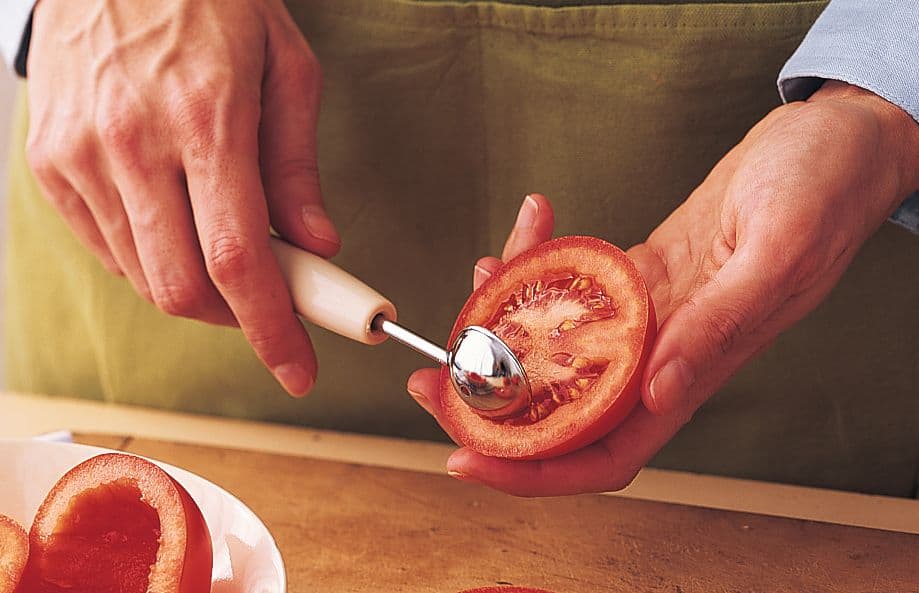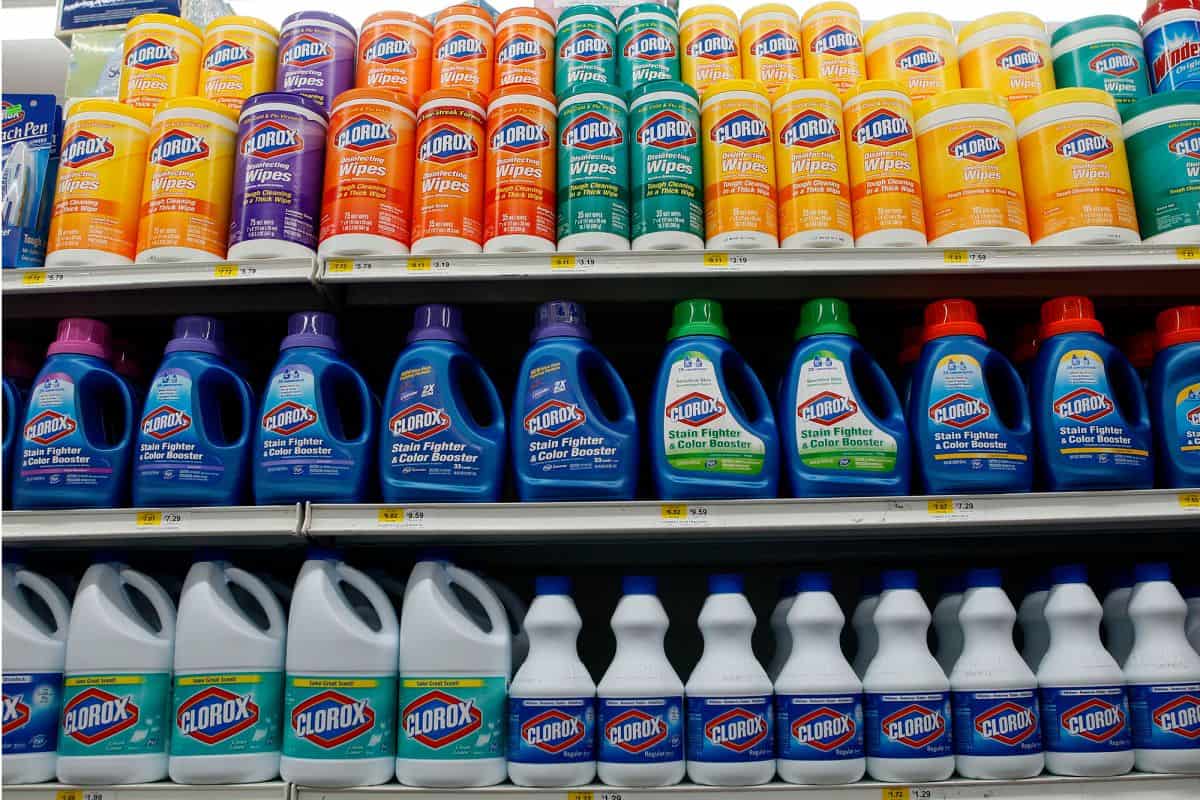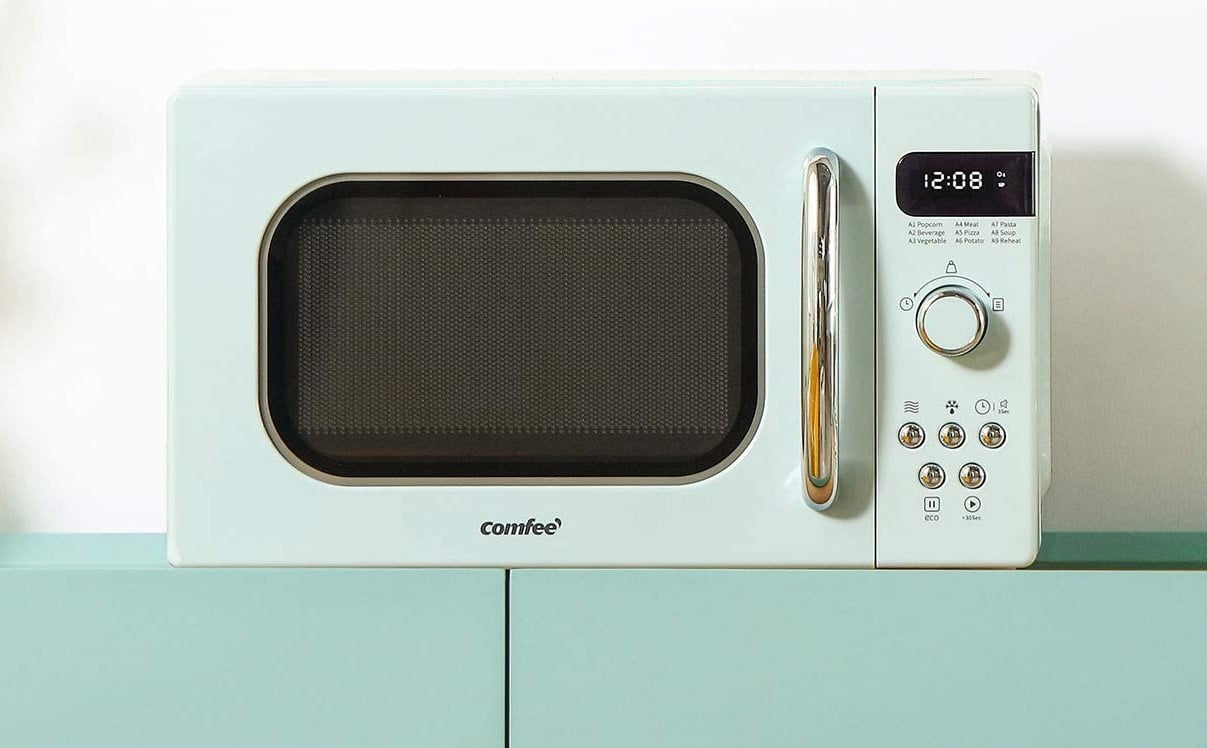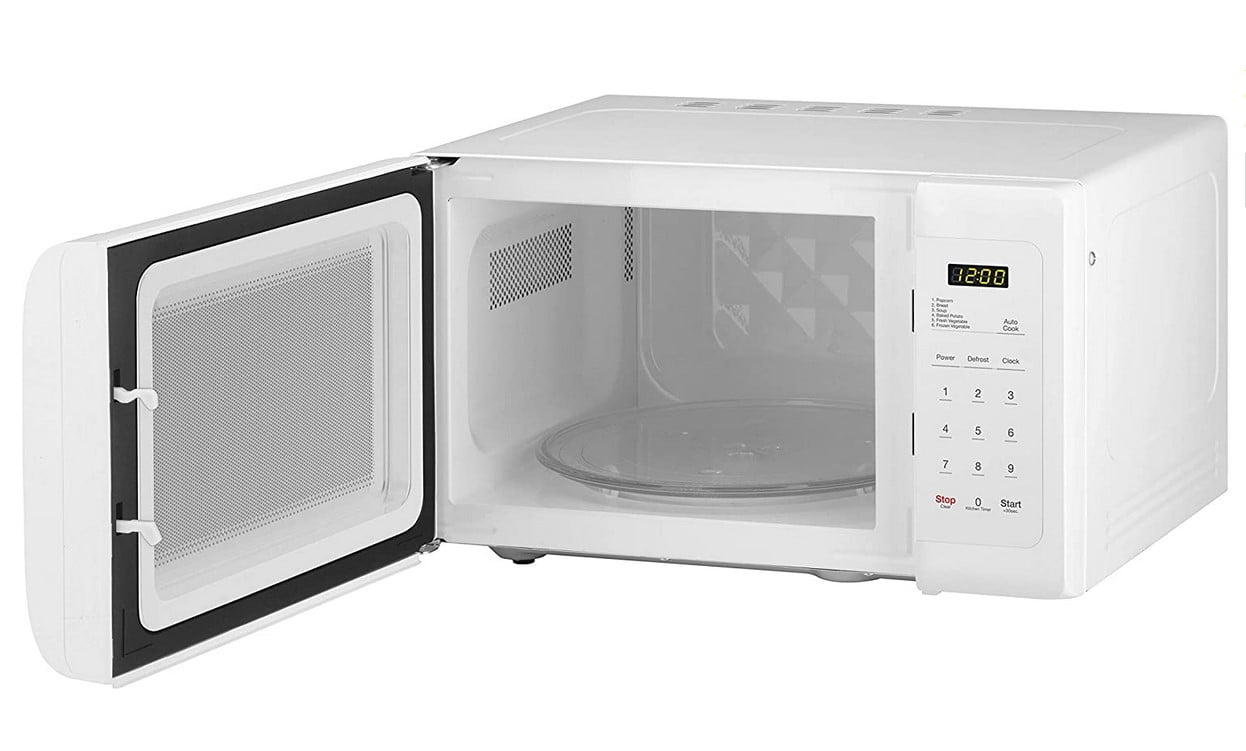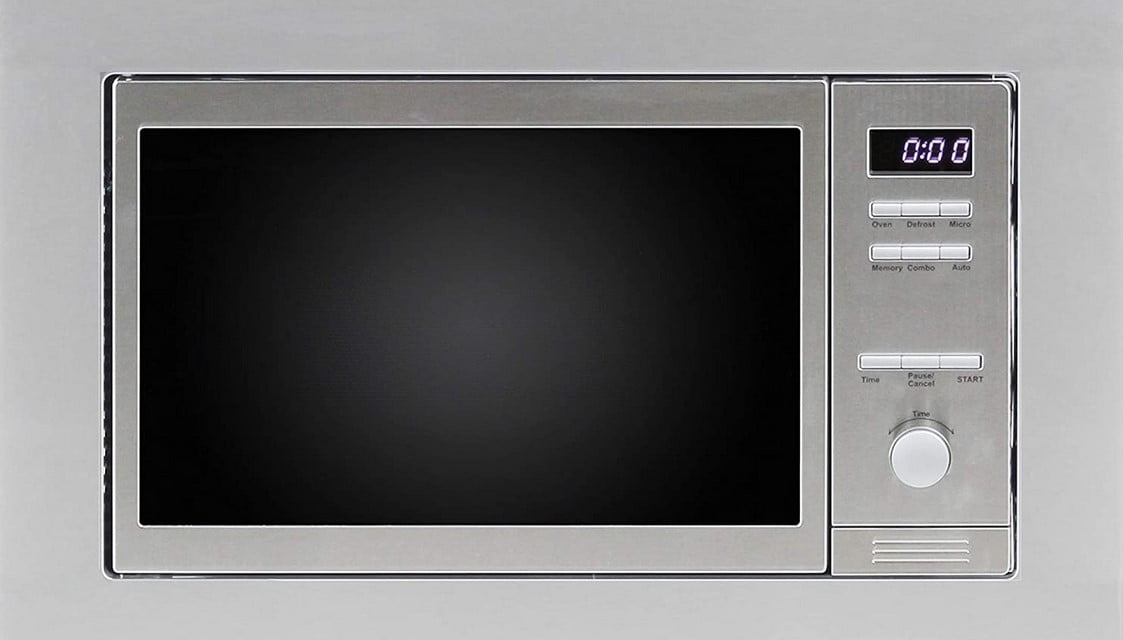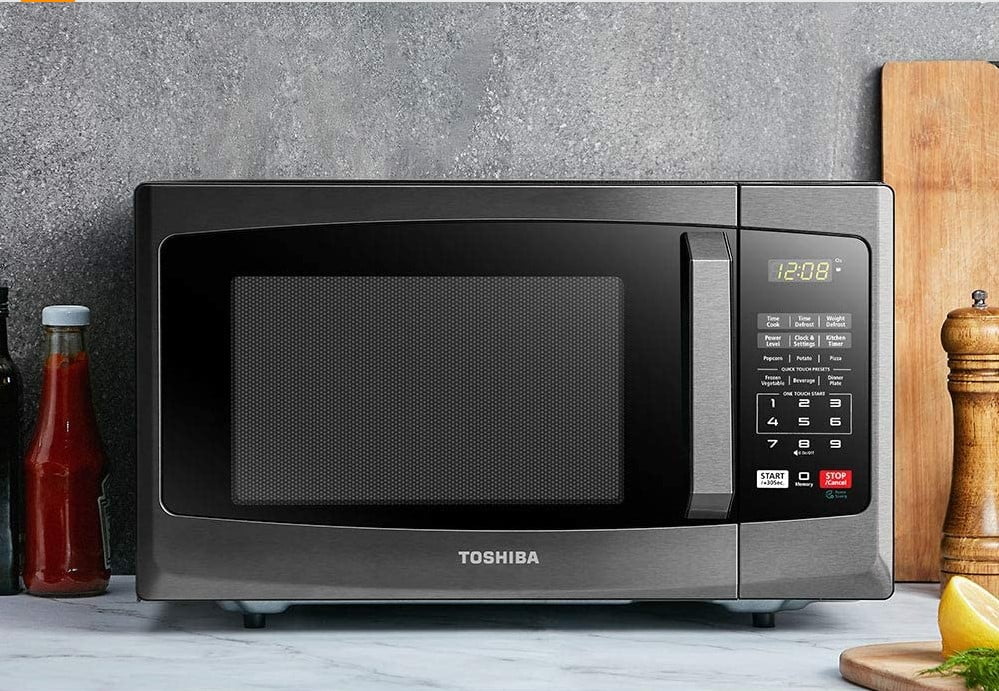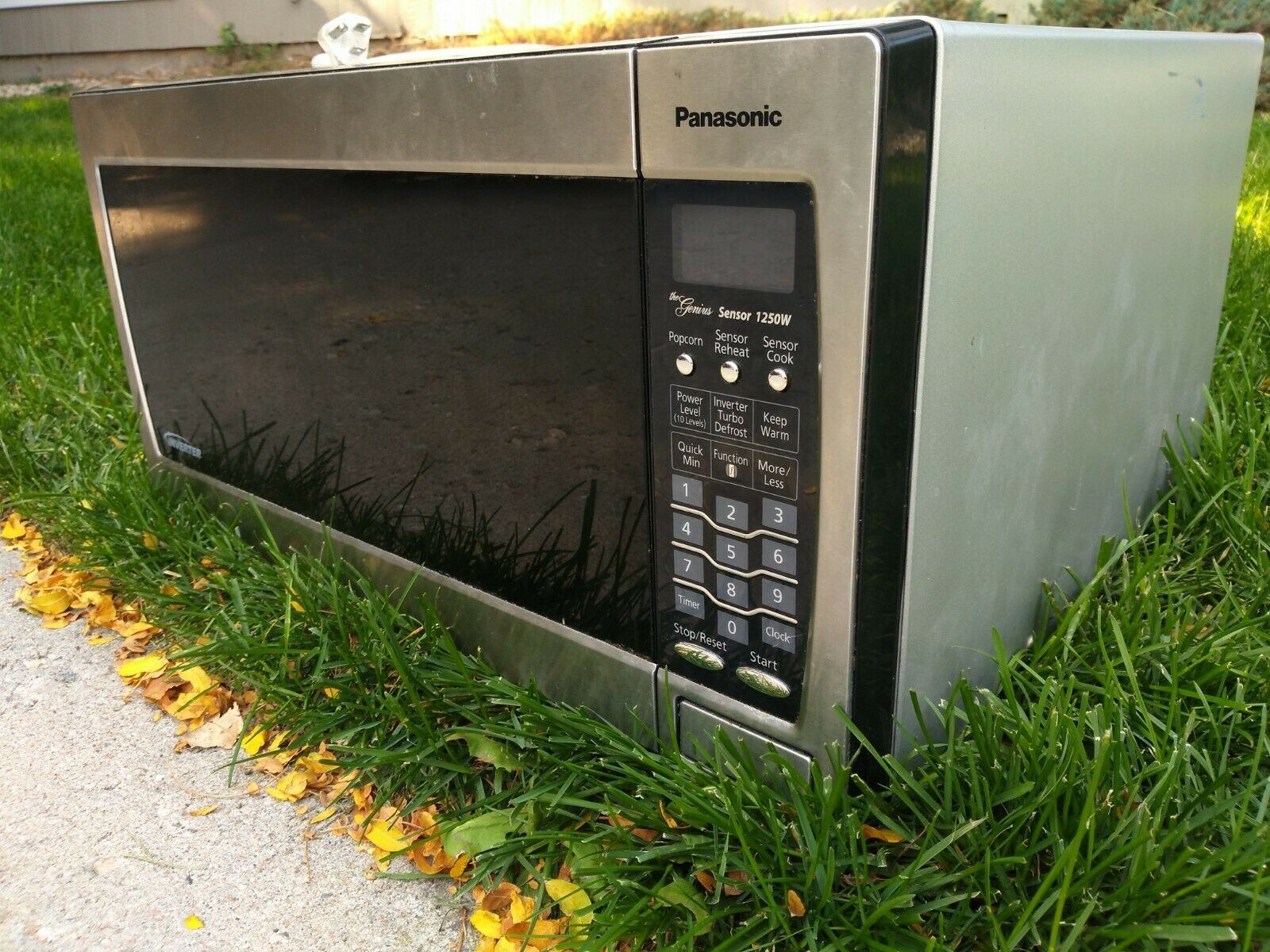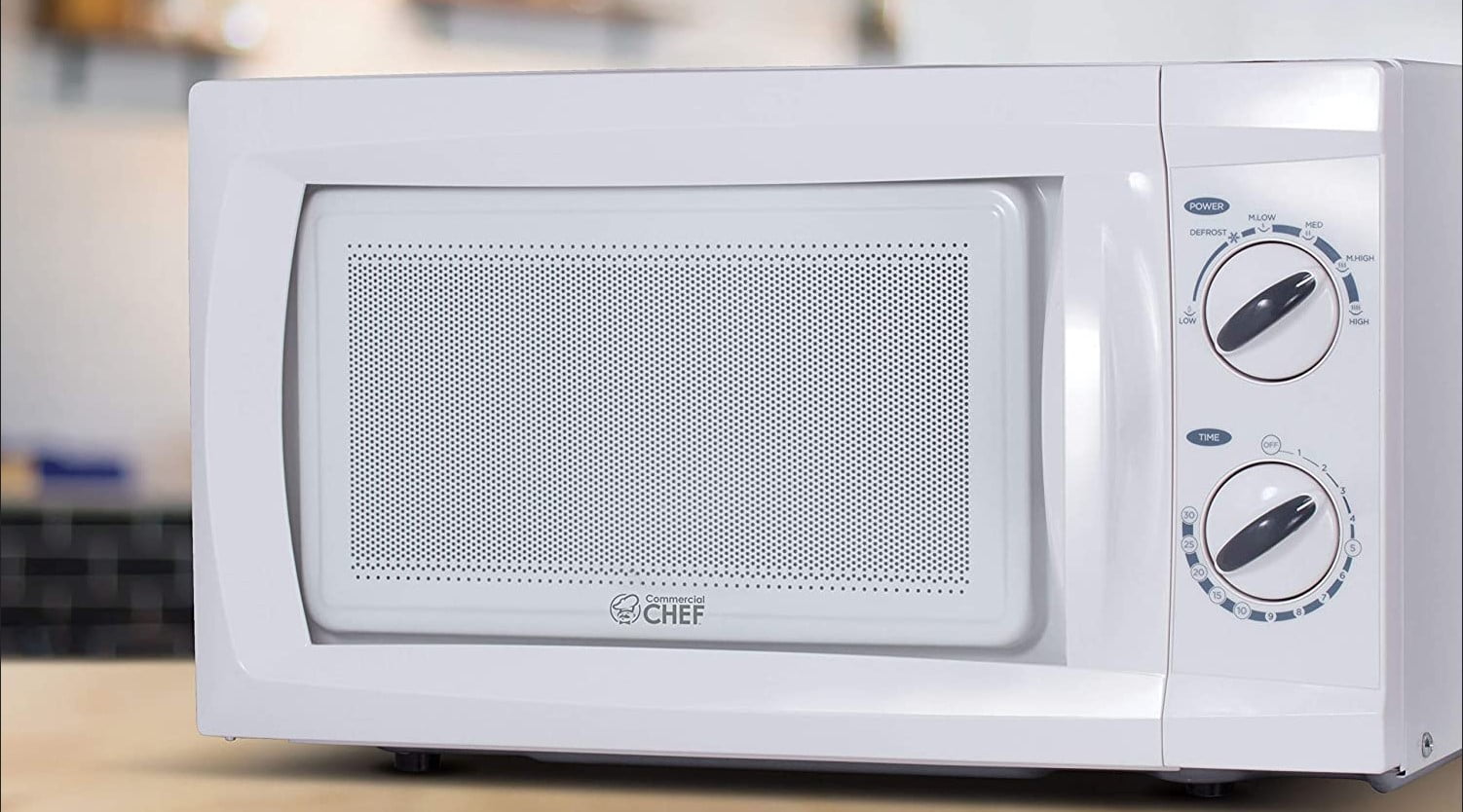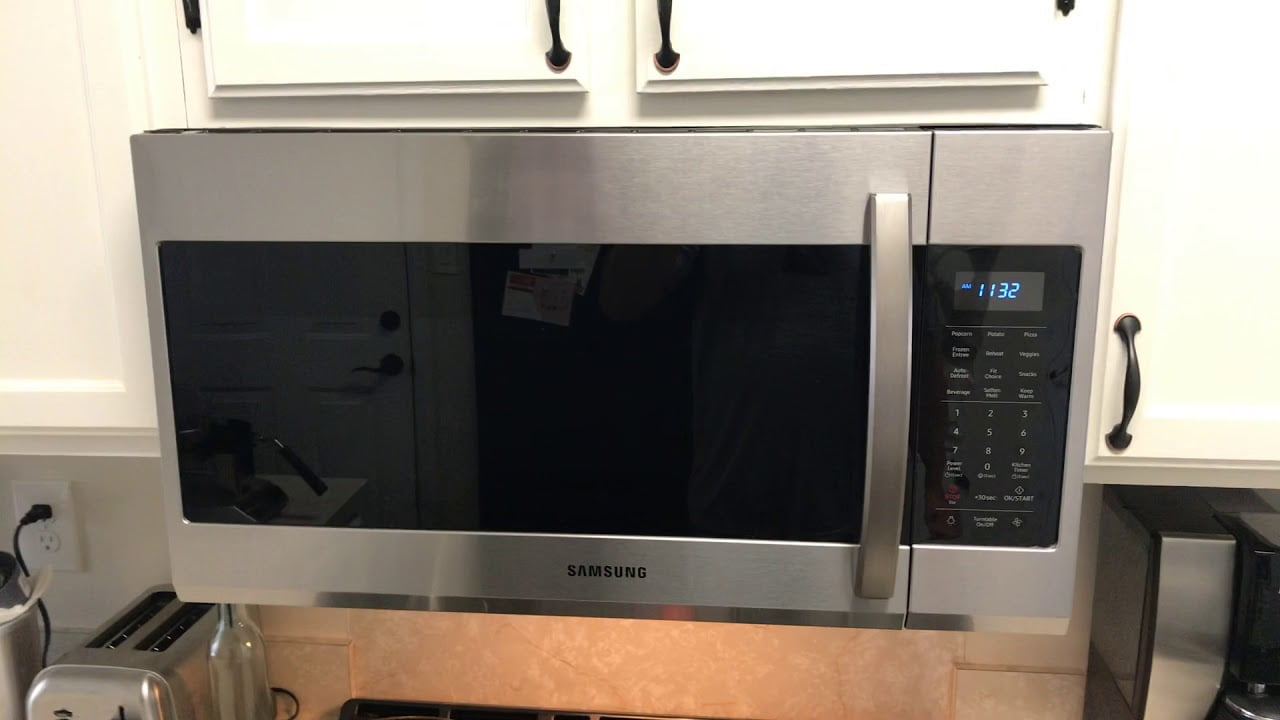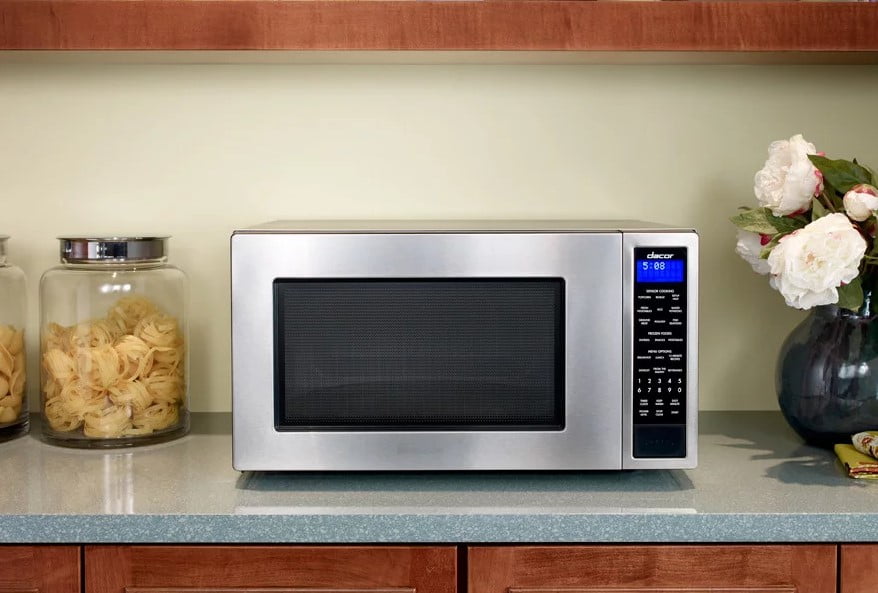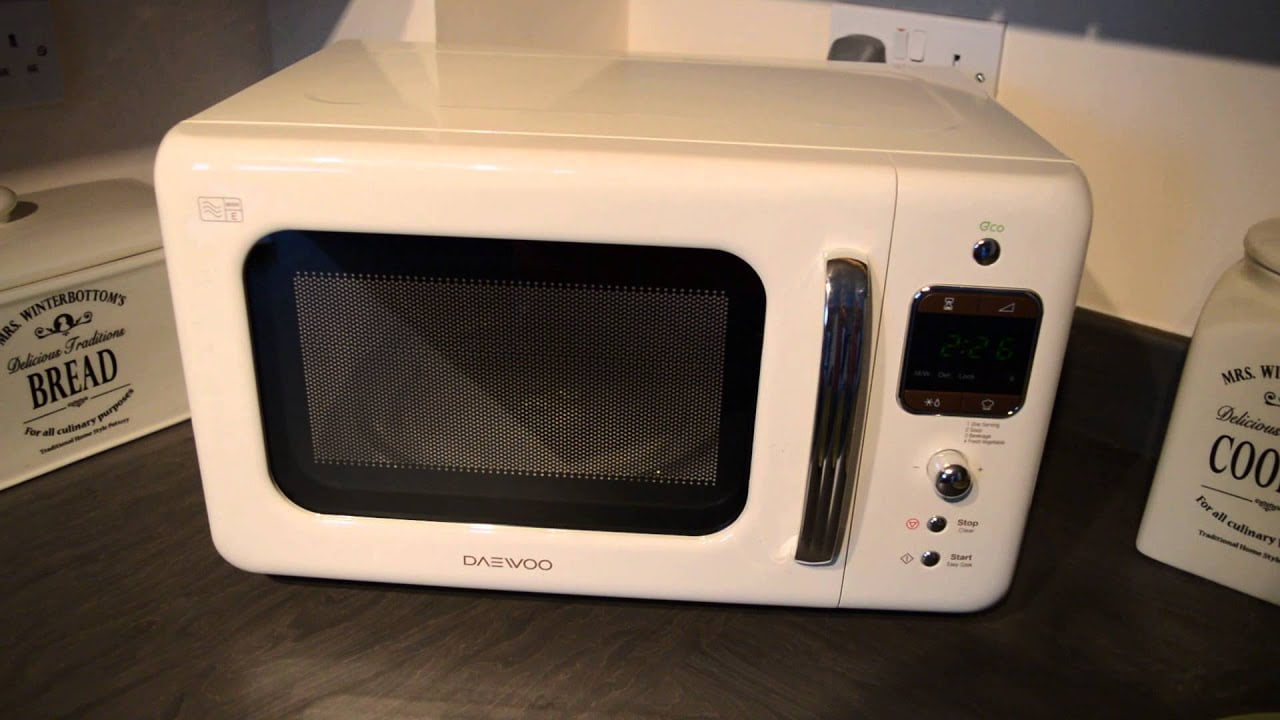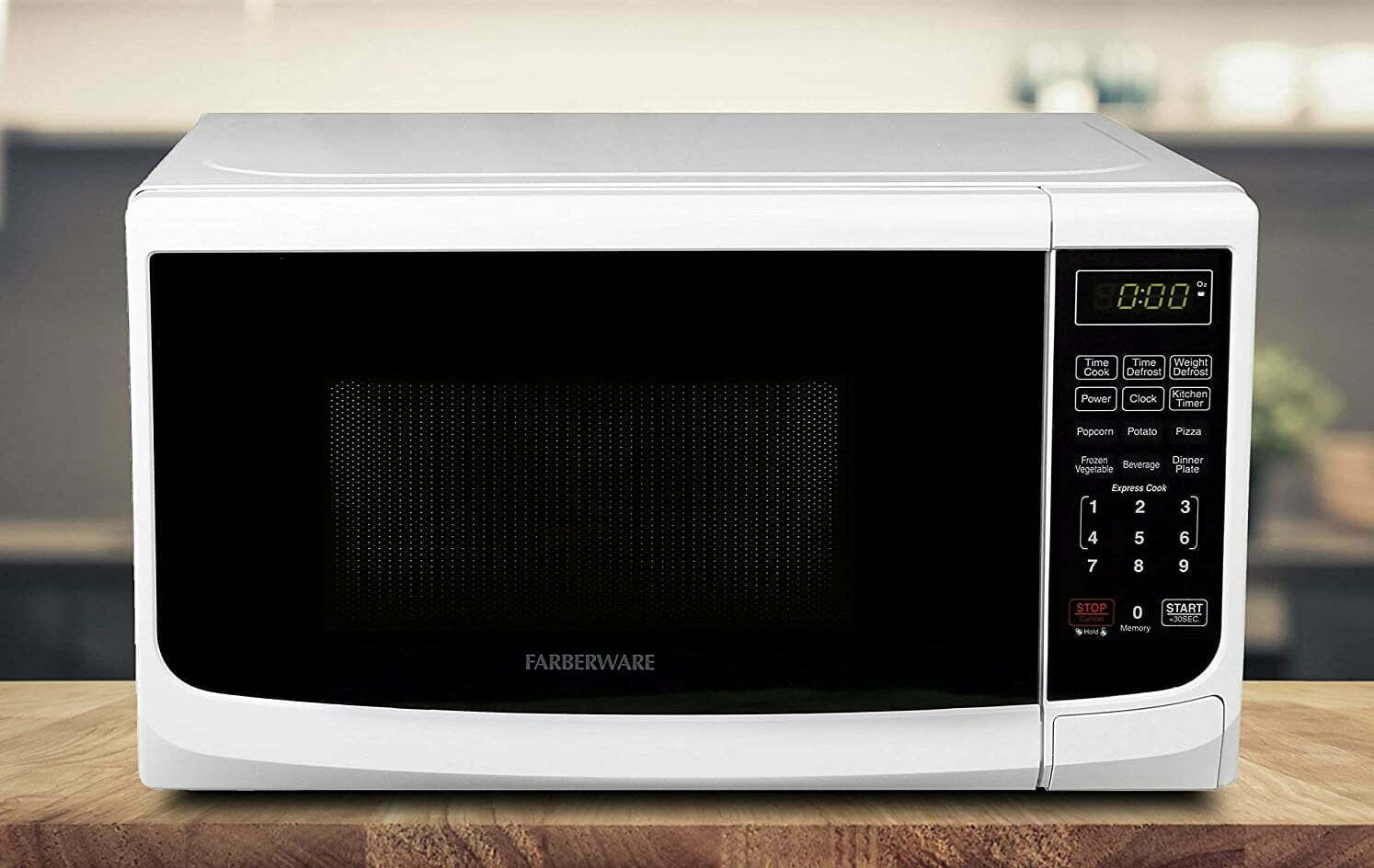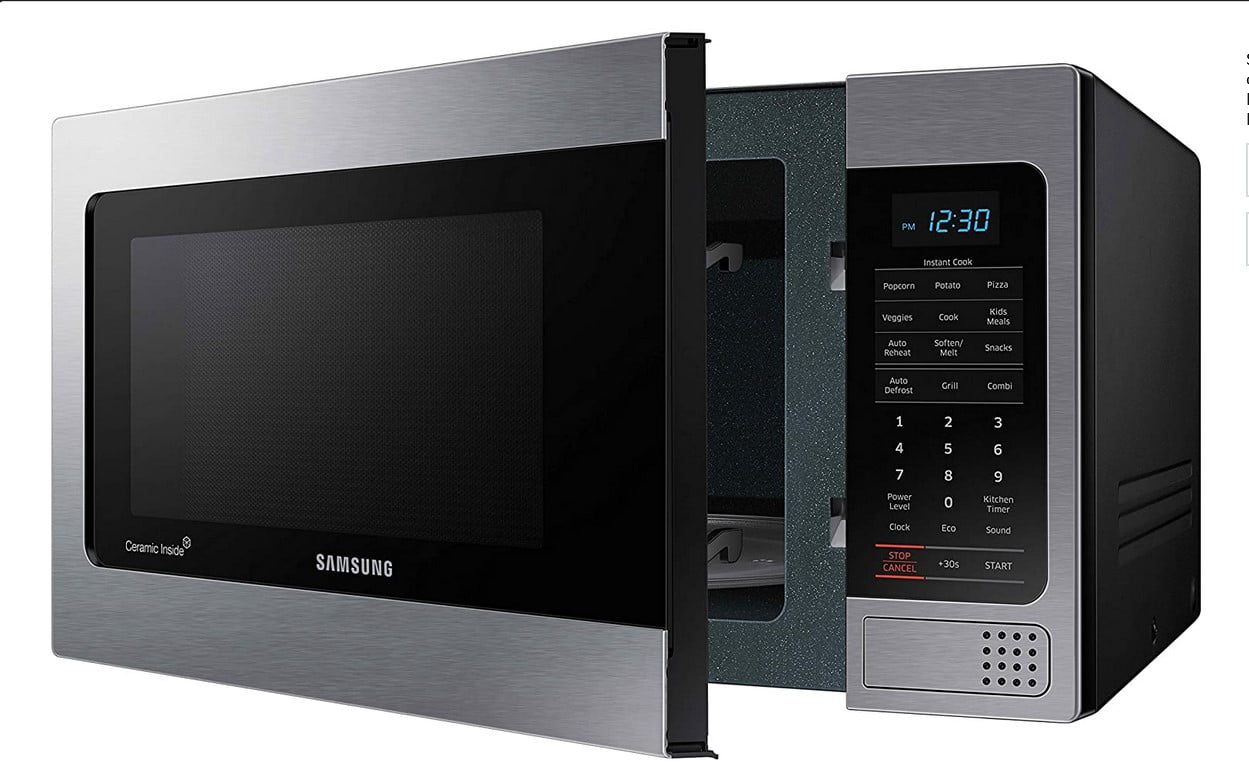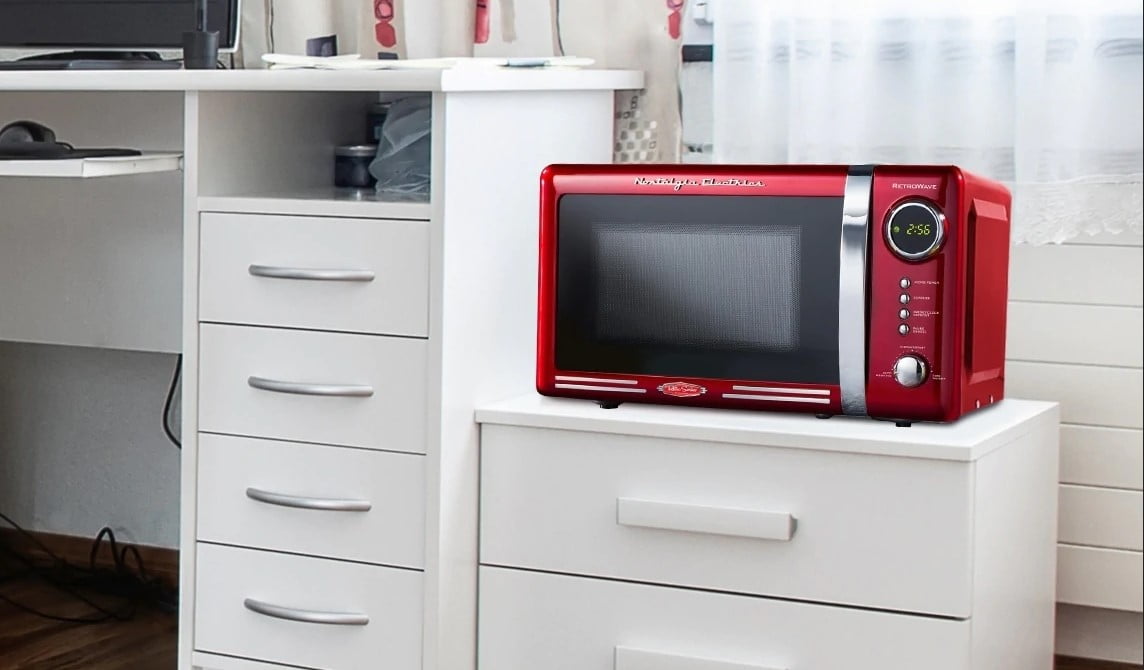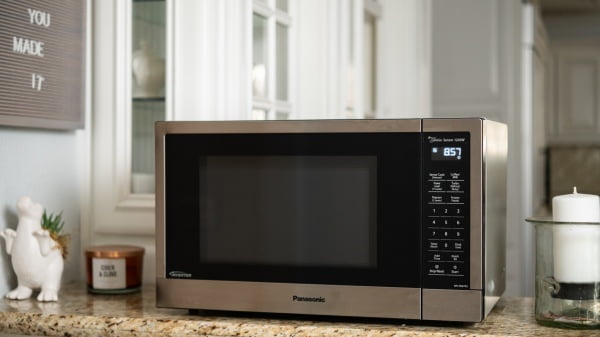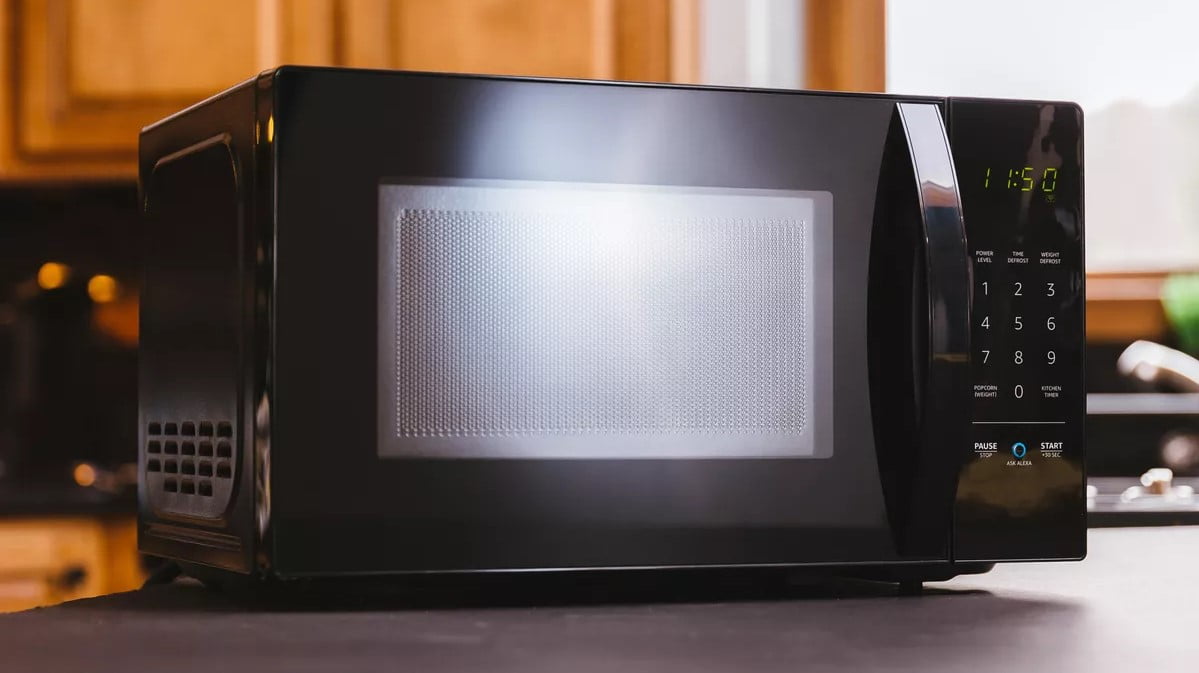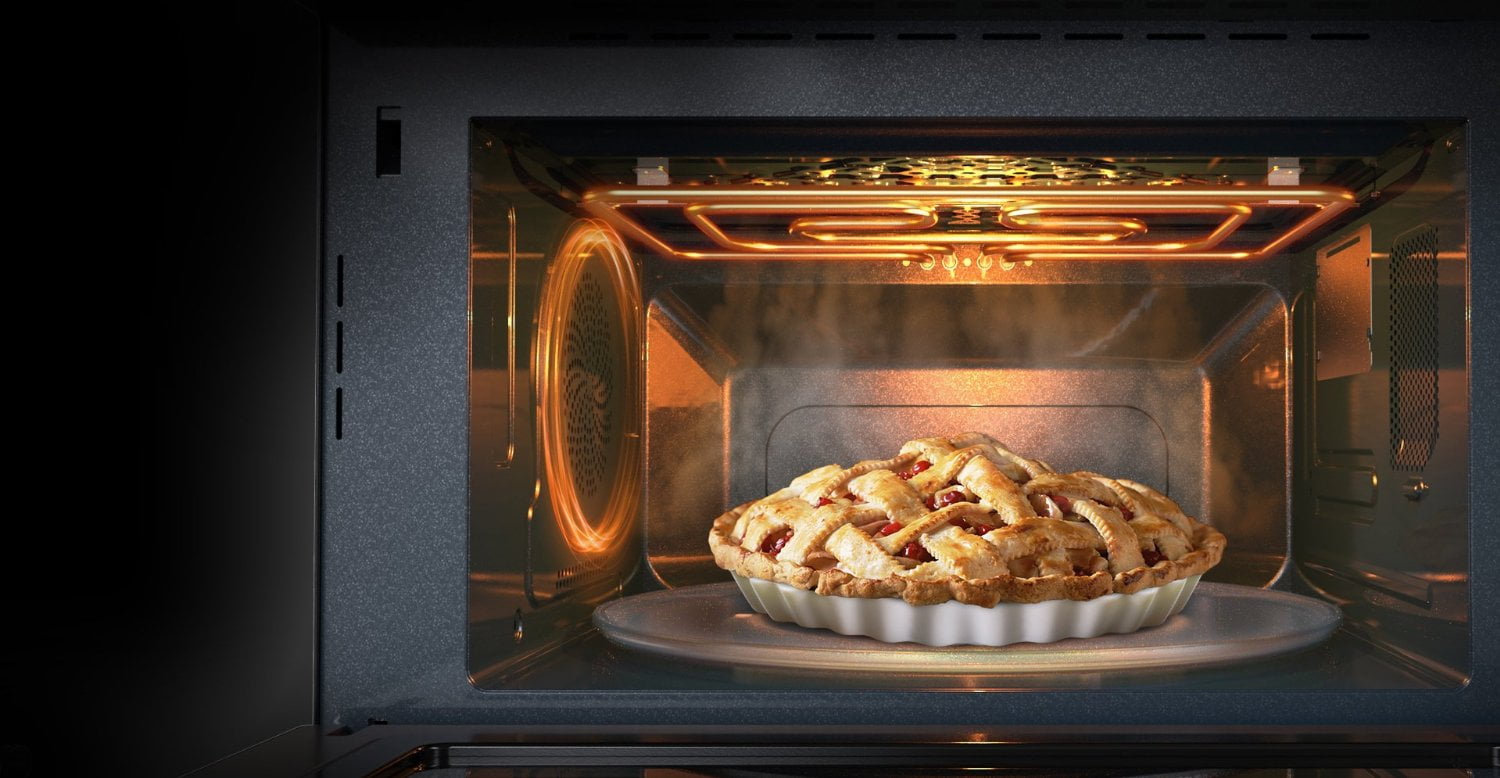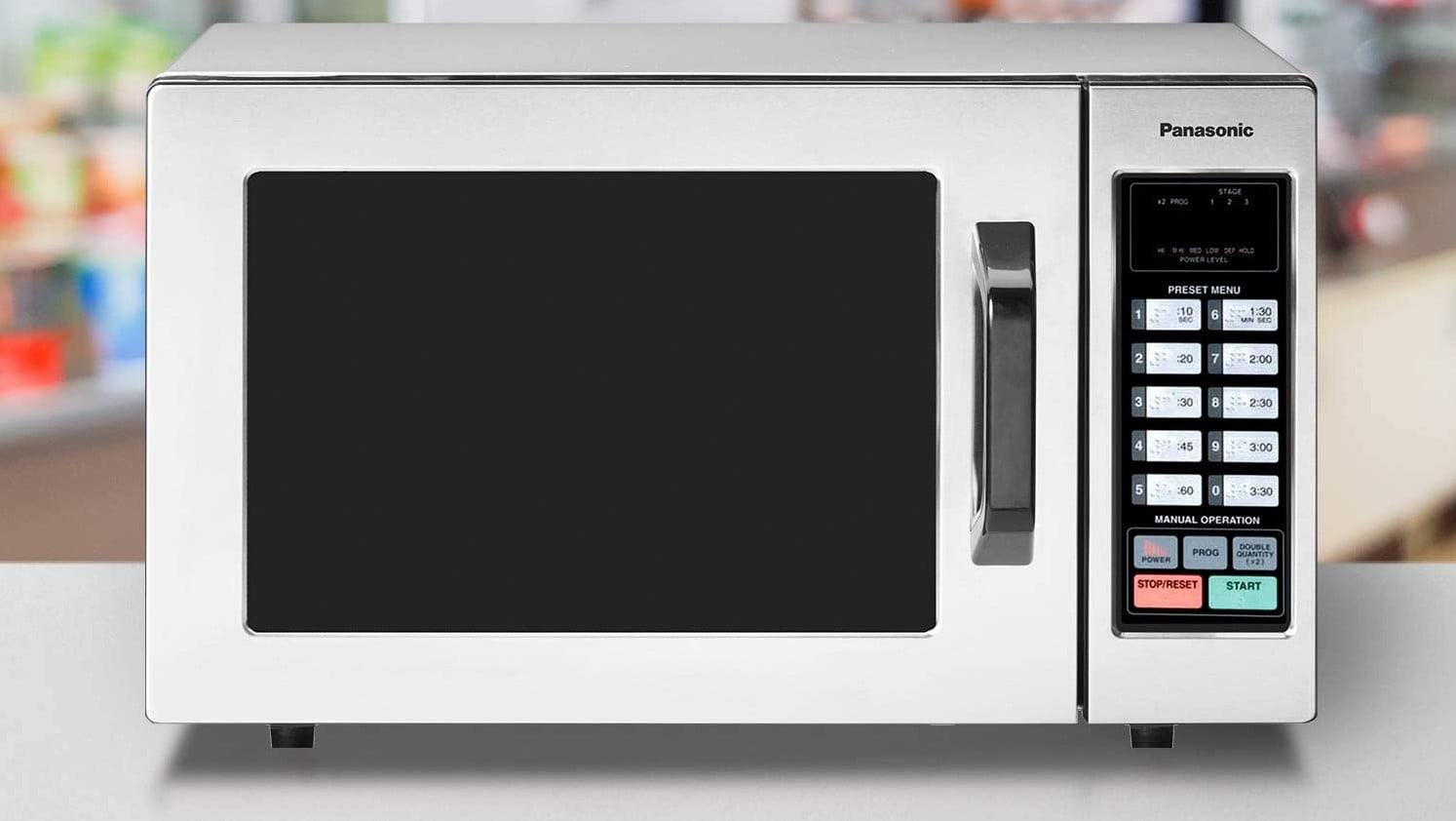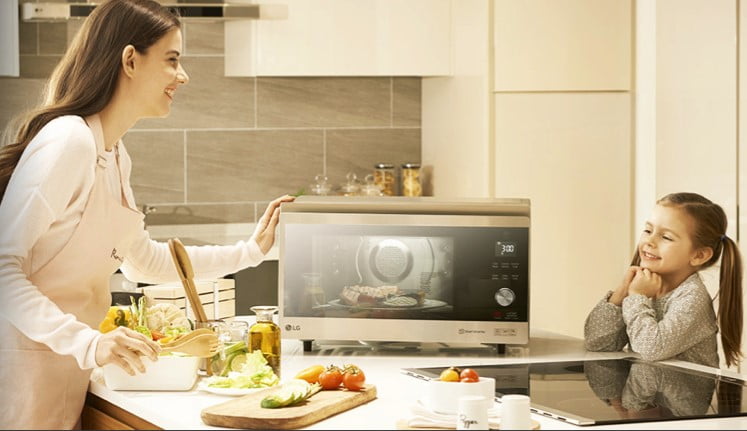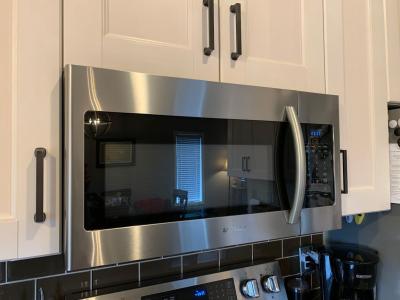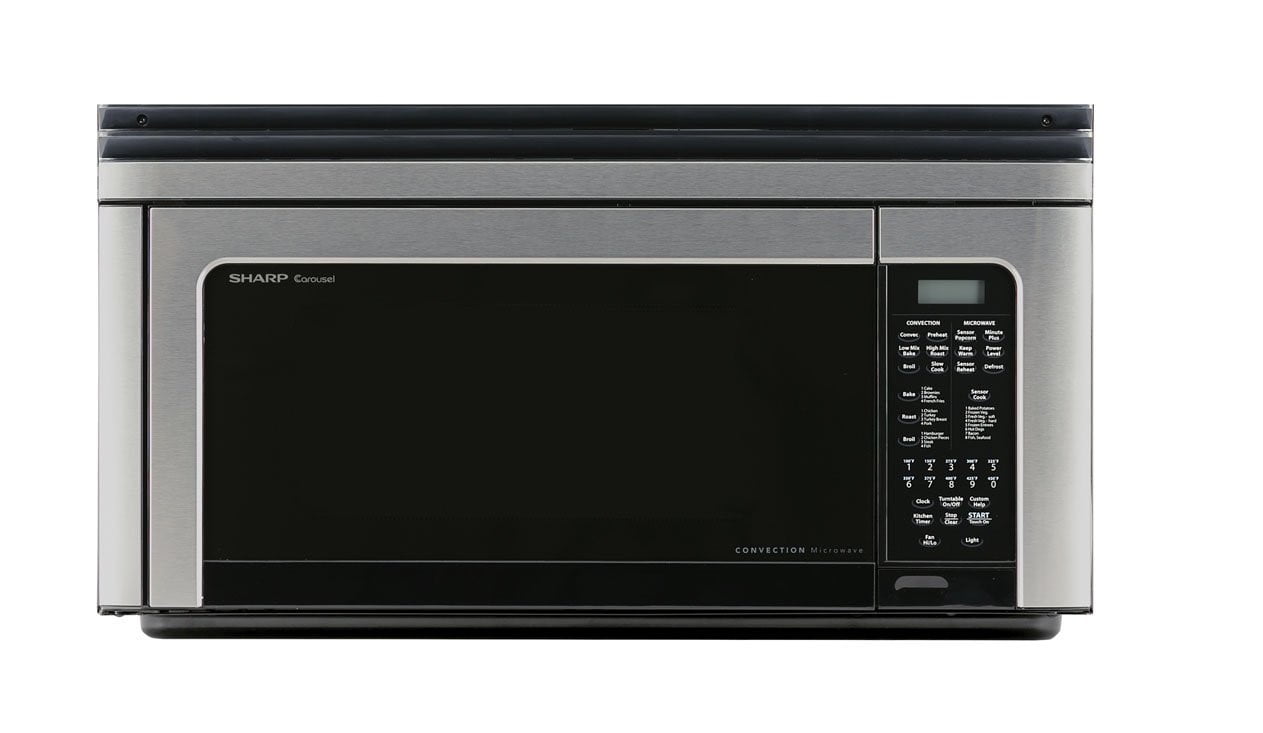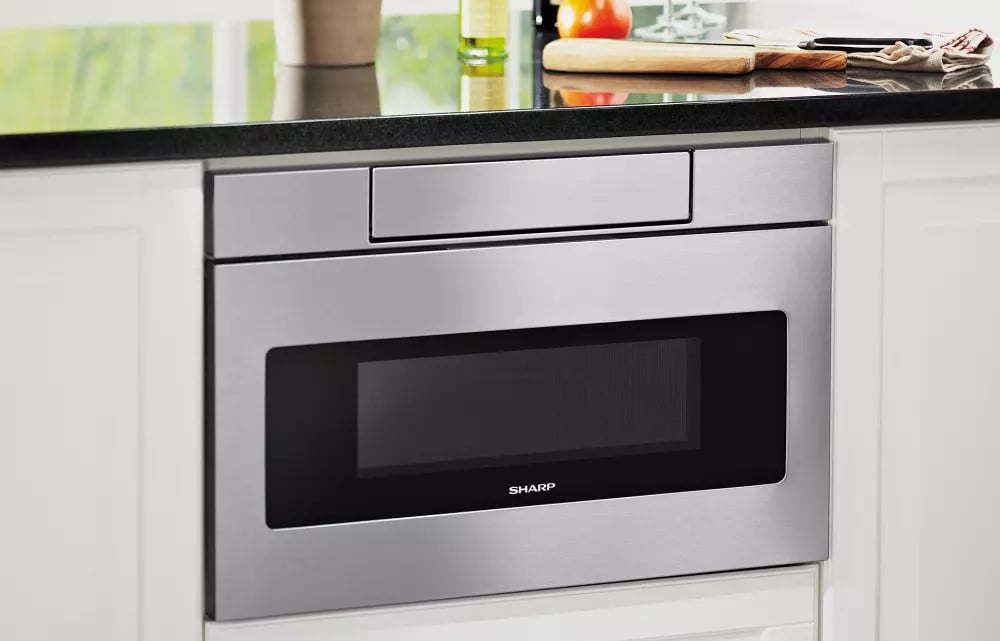If you have the best microwave, you need to have the correct tools to make the most of your meals. For example, choosing the appropriate microwave-safe baking dish material for your microwave is critically essential. In addition, quality dinnerware should withstand heat from cooking without getting too hot to touch. Experts recommend porcelain and ceramic of all the popular dinnerware types, but which is ideal for you? So, if you’re unsure if porcelain vs ceramic dinnerware is the best choice, read our guide.
KEY TAKEAWAYS:
- Porcelain and ceramic cookware are typically microwave-safe dishes, but ensure they do not have a metal lining.
- Ceramic cookware is a type of clay dish that is durable and resistant to heat. Traditional ceramic is an excellent choice for microwave cooking. In addition, it comes in stoneware, porcelain, and earthenware dishes.
- Porcelain dinnerware is a type of ceramic that is highly heat resistant and more durable than a standard ceramic piece. It is made from fine-particle clay and has a high-temperature firing process over an extended period.
Which is More Microwave Safe: Porcelain or Ceramic Materials
The difference between ceramic and porcelain is how they are made. In fact, porcelain is one of the multiple types of ceramic plates and dishware you can buy. That said, just like comparing parchment paper and wax paper, the key differences are where it counts.
Insider Tip
While most stoneware options are dishwasher safe, ensure that your dish is safe to go in the machine by checking the manufacturer’s markings on the bottom.
Classic ceramic is a general term for any dish made from natural clay, formed, and then hardened in a kiln at temperatures around 1600 degrees Fahrenheit. The most common raw material for ceramics is kaolin clay, but it isn’t required.
Porcelain is the most durable option of ceramic dinnerware due to its manufacturing process. First, producers shape the dish out of finer materials than standard ceramic. Then, they are exposed to high firing temperatures of up to 2600 degrees Fahrenheit.
Like comparing glass and ceramic, most ceramic and porcelain baking dishes are microwave safe. That said, make sure your stoneware dishes do not have metallic banding in them. If so, only use them at a standard oven temperature.
Durability
Compared to standard ceramic dishes, porcelain is less porous and more durable. In addition, you can expose most porcelain to extreme temperatures for longer than a traditional ceramic dish. So, if you need to microwave a dish for tens of minutes, go with porcelain clay to reduce the chance of cracking your cookware.
Versatility
Ceramic or porcelain dishes can serve multiple purposes, but porcelain can do just a bit more. For example, if your microwave has a convection mode, you should choose porcelain. In addition, porcelain is more resistant to thermal shock than ceramic, so that you can cool the dish in the refrigerator for specific recipes.
Maintenance
Affordable ceramic will chip over time, so it is best to do regular checks of your dishes as you wash and dry them. Porcelain is the least likely to break of the family of ceramics, but still, check for fractures regularly.
Warning
Only use high-quality ceramic in your microwave oven. Cheap grades of ceramic from China are unregulated and may contain harmful chemicals from common types of toxic paint.
F.A.Q.S
Is Stoneware or Porcelain Better?
Stoneware is vulnerable to thermal shock if exposed to a sudden temperature change. If the dish isn’t allowed to cool from an extreme temperature over time, it will crack. So we choose porcelain every time.
Is Stoneware Dishwasher Safe?
Most stoneware is dishwasher safe, but you should check with your manufacturer before putting it in the machine. In addition, do not let your stoneware dishes sit in water for too long, or it will negatively affect their structure.
What Does Vitrified Mean?
The best-known vitrified glass dinnerware is porcelain which takes on a milky appearance after being fired. In some instances, manufacturers add bone ash to the refined clay to enhance the translucent appearance.
STAT: According to Michigan State University, the first true porcelain was made in China in the 13th century. (source)
REFERENCES:
- https://en.unesco.org/silkroad/content/chinese-porcelain
- https://www.accessdata.fda.gov/cms_ia/importalert_122.html
- https://cchealth.org/lead-poison/pdf/ceramics.pdfr
- https://www.fda.gov/radiation-emitting-products/resources-you-radiation-emitting-products/microwave-oven-radiation
- http://www.historyofmicrowave.com/















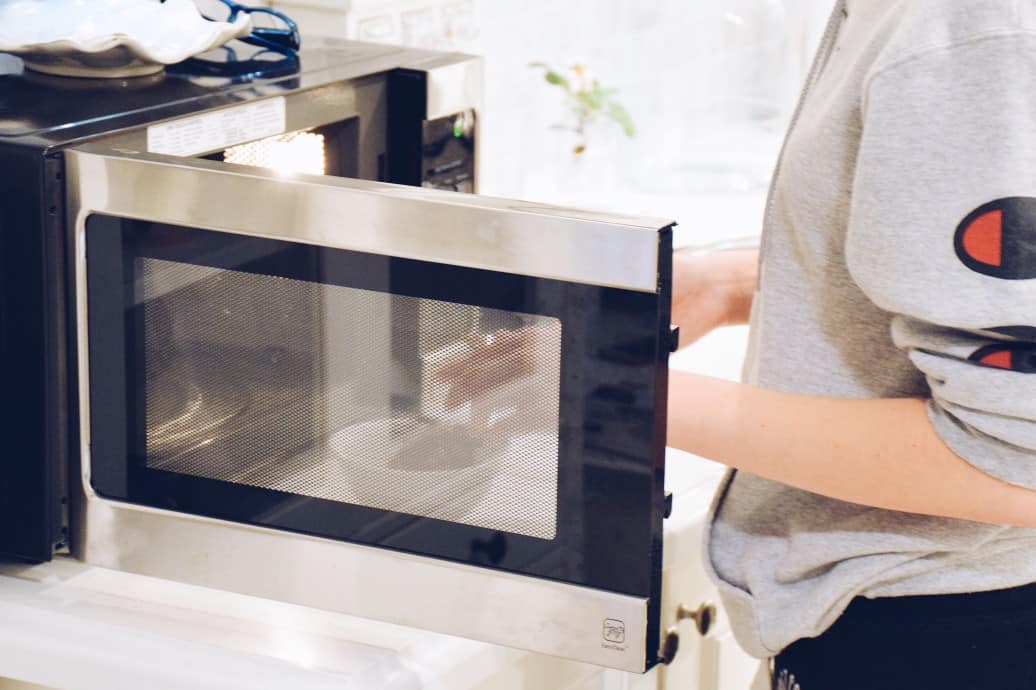
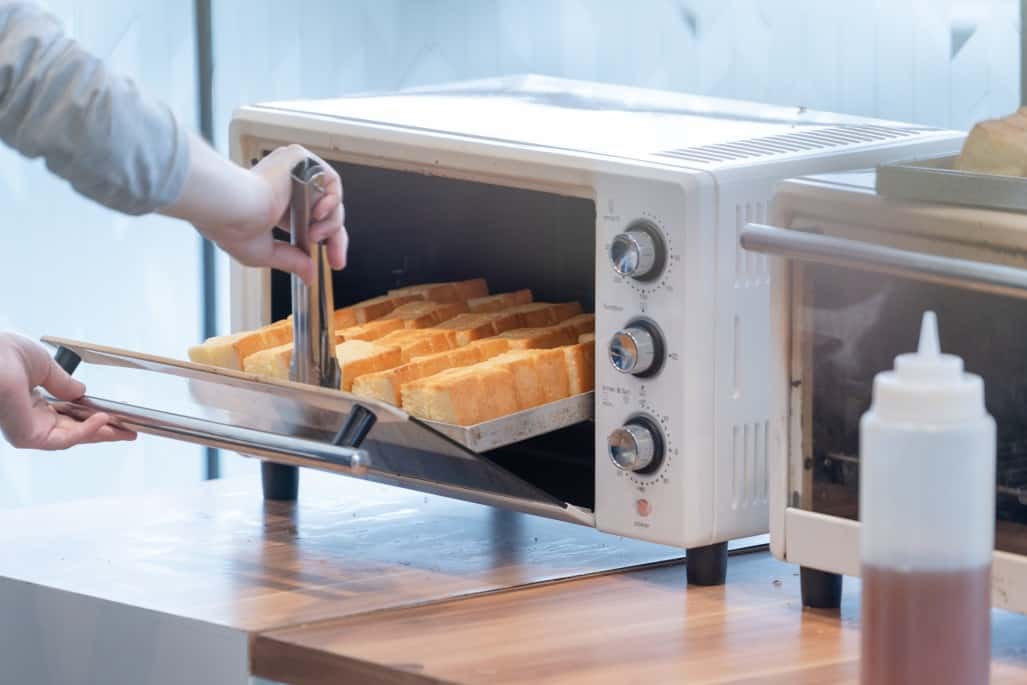
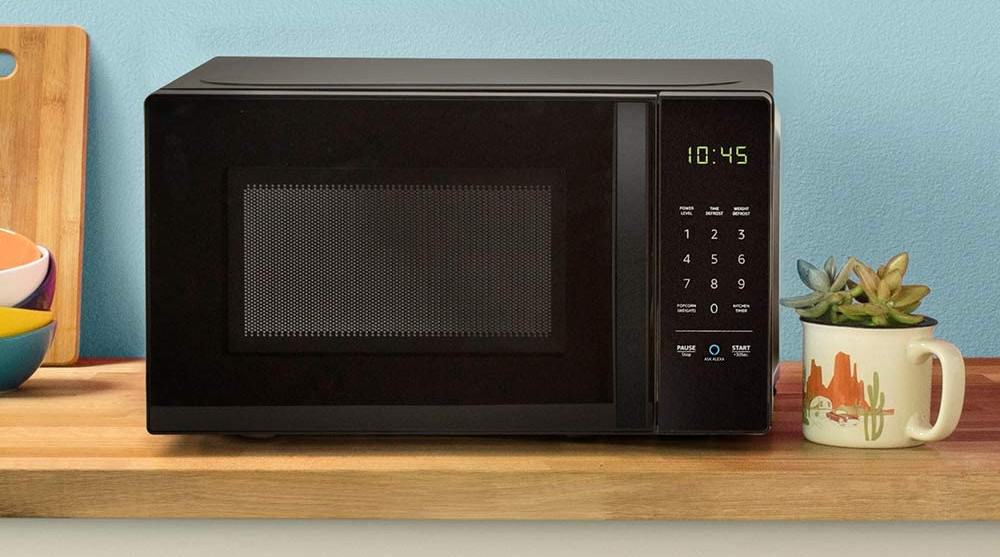

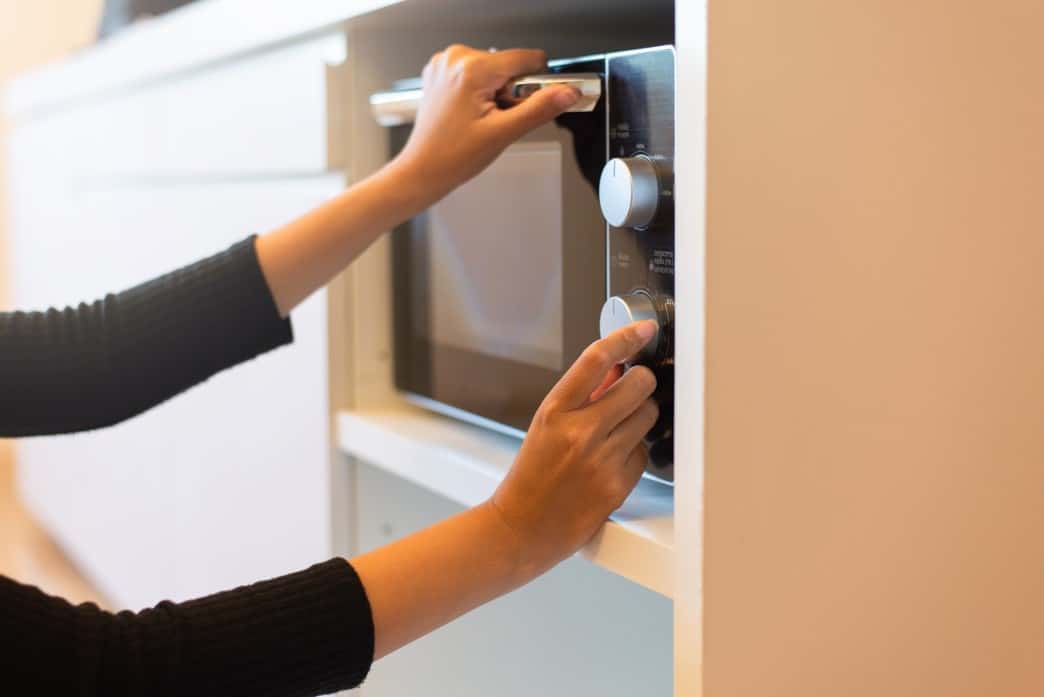
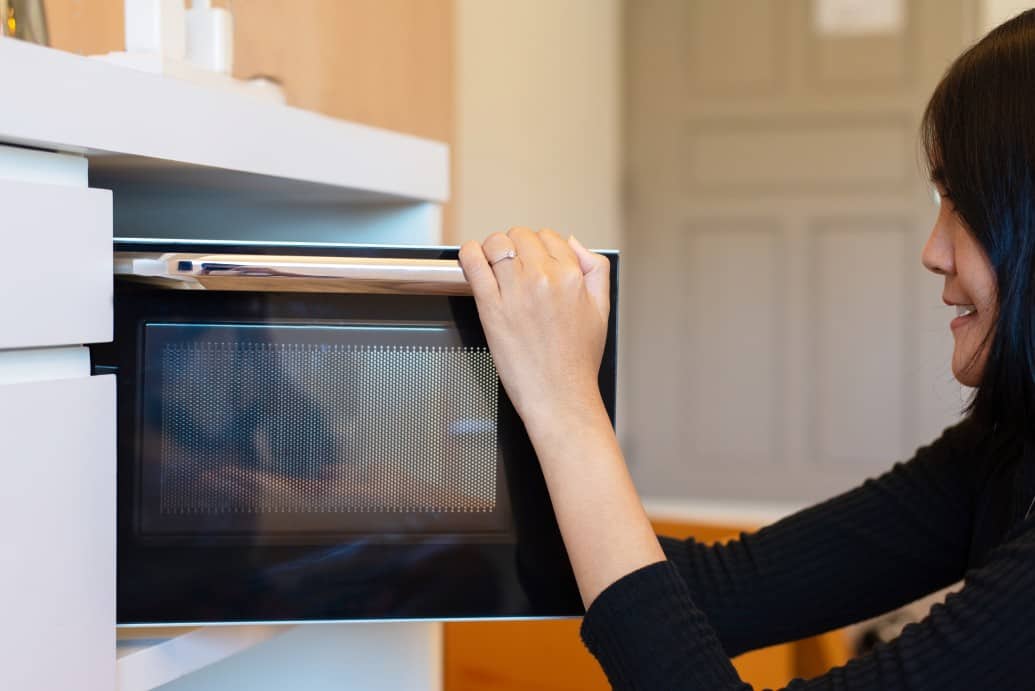
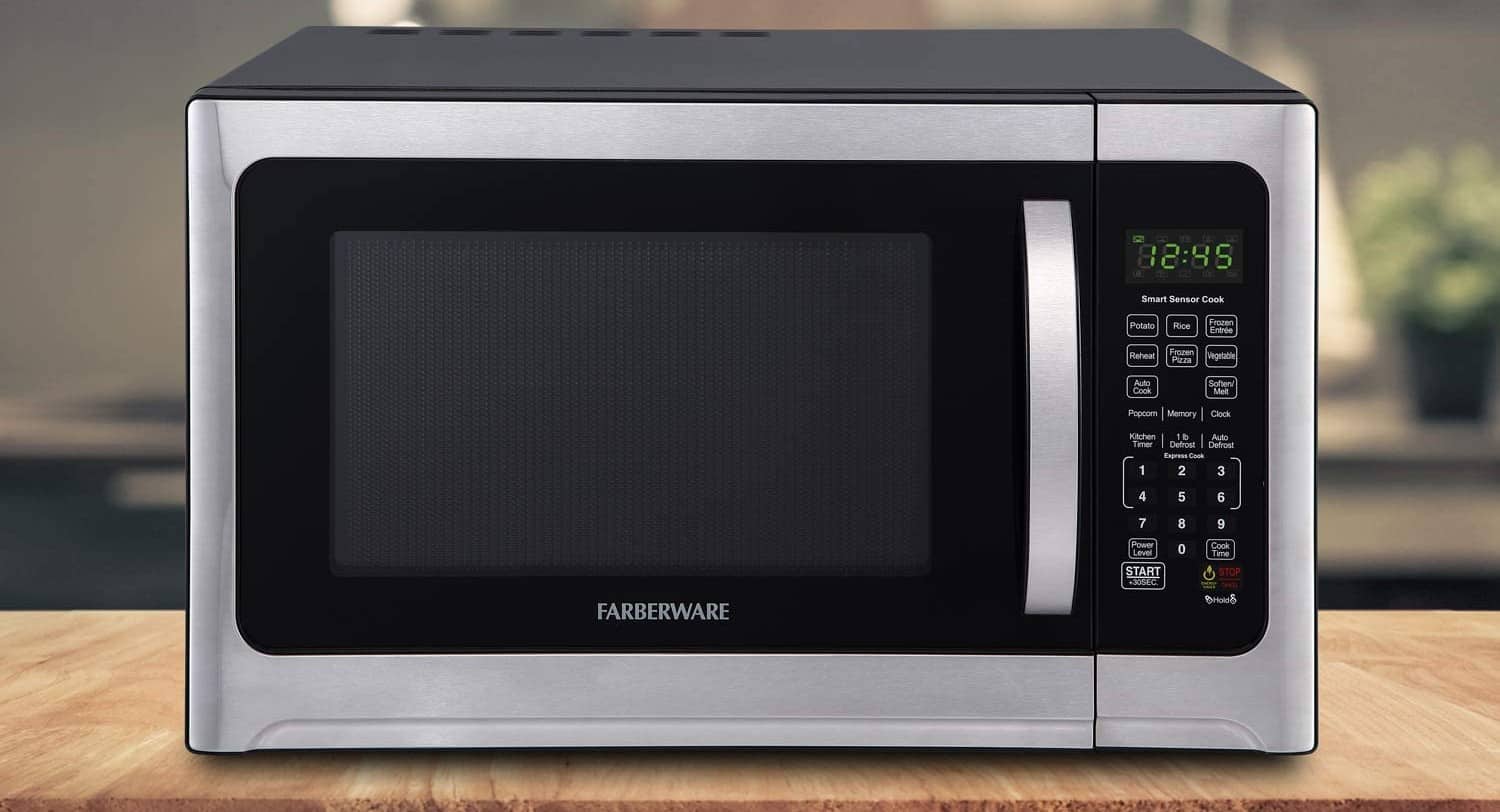
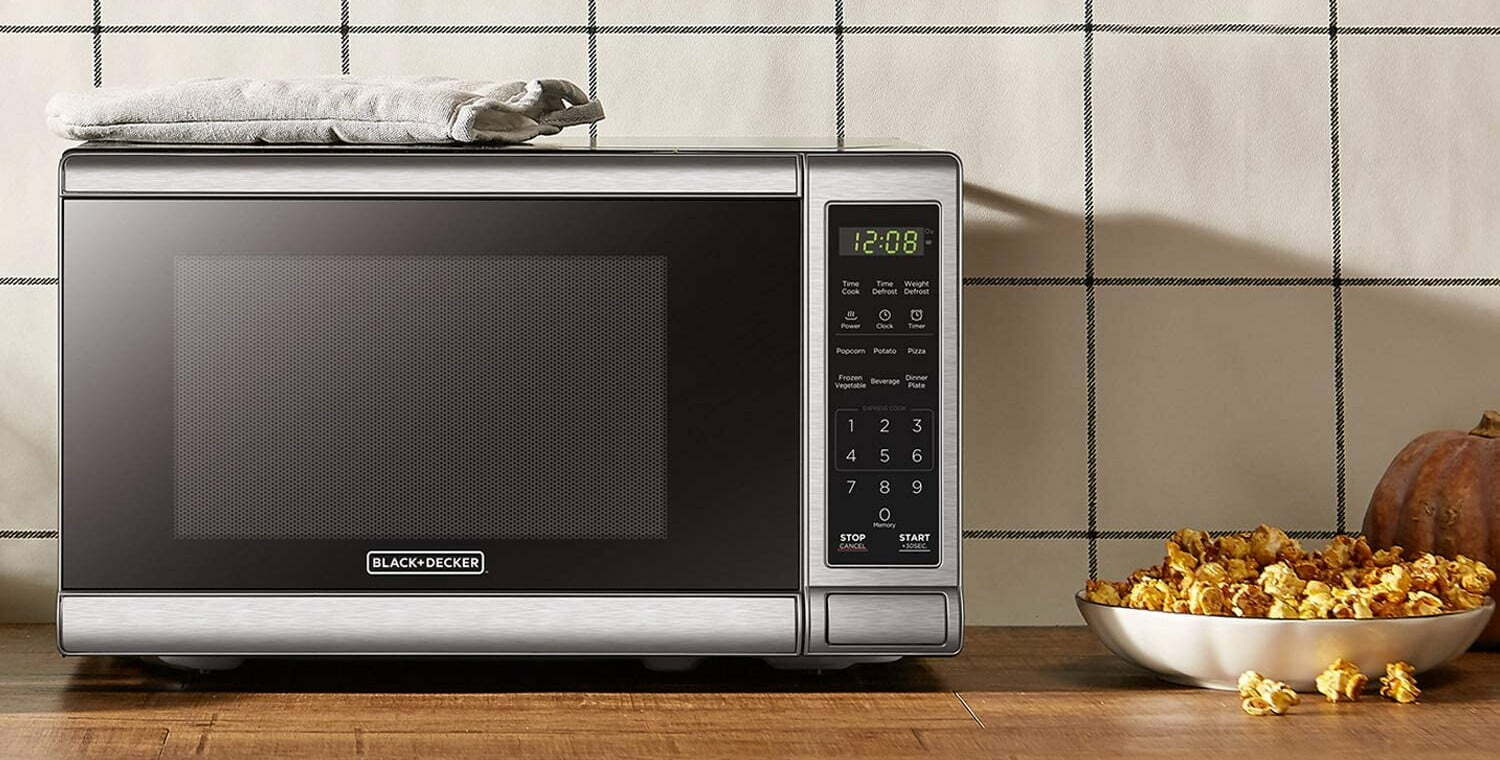
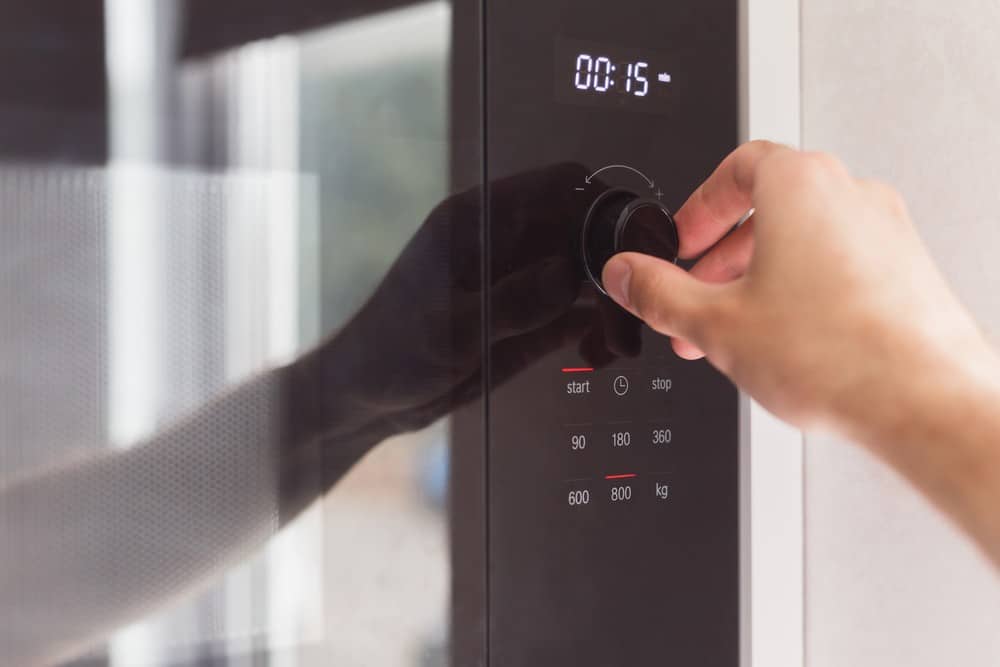
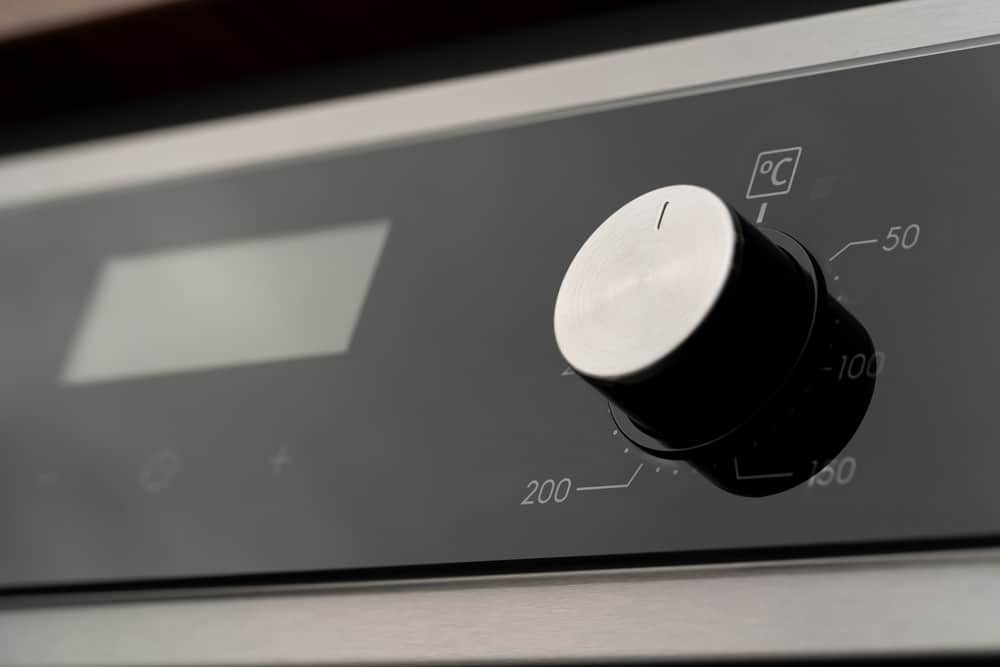
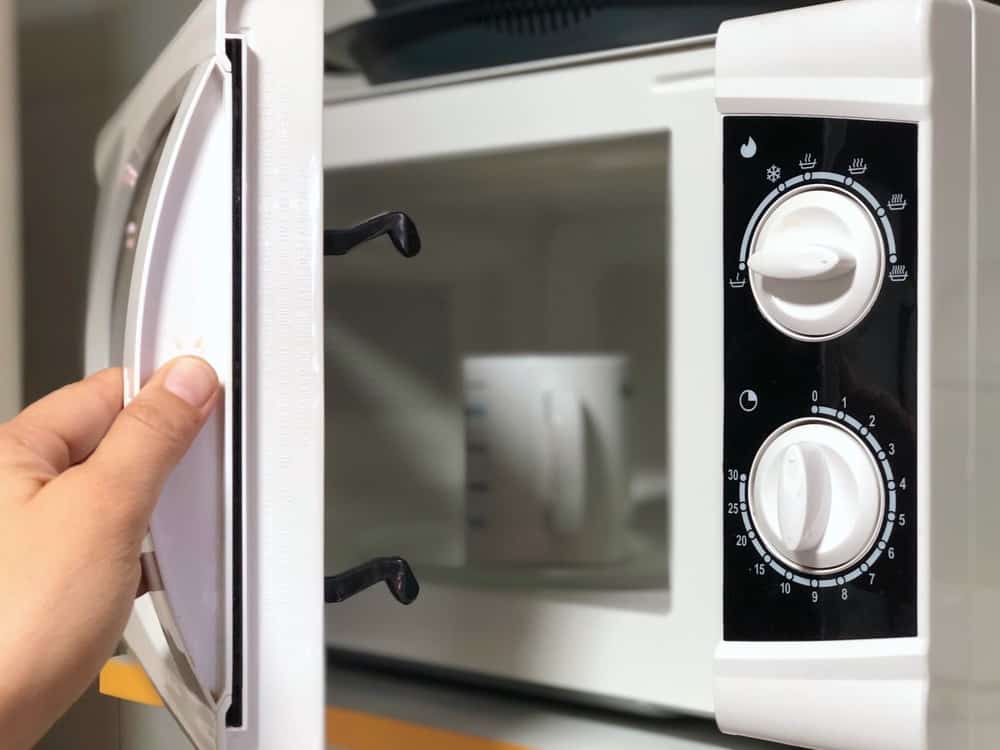
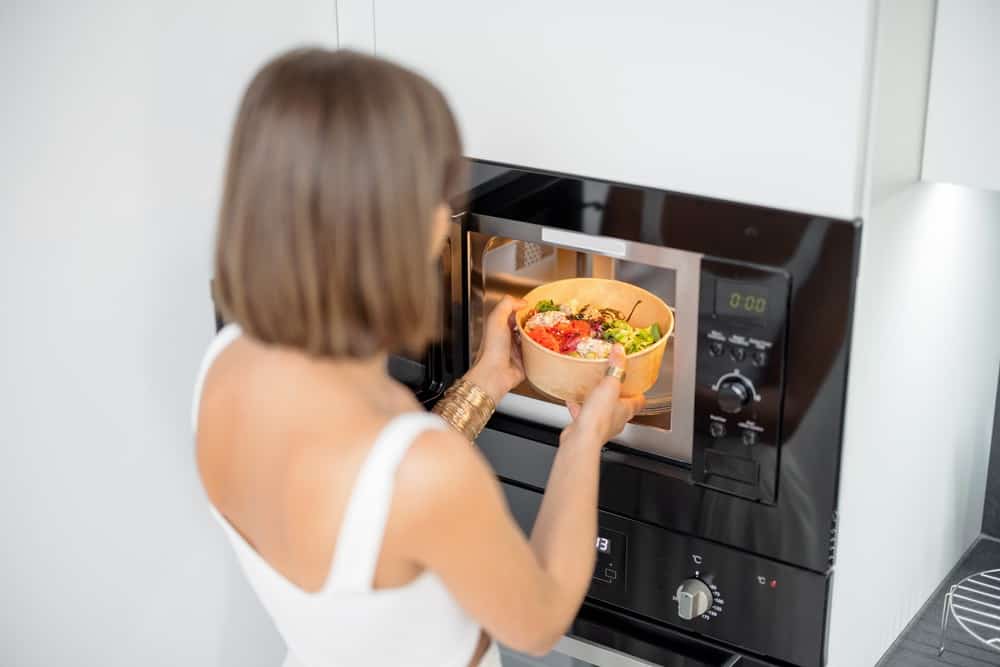
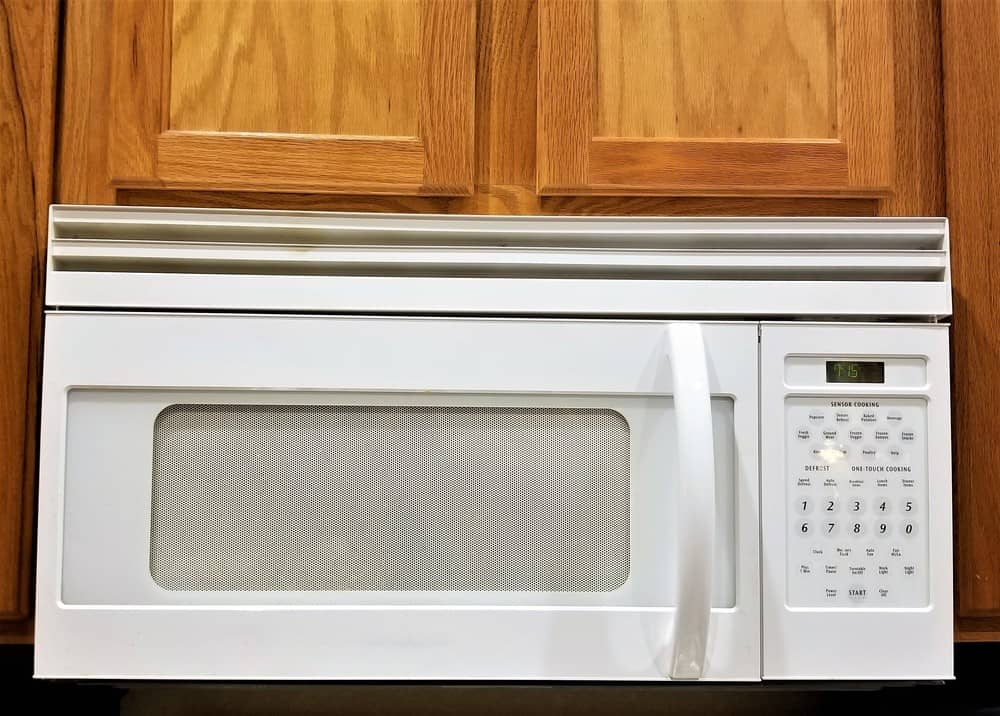
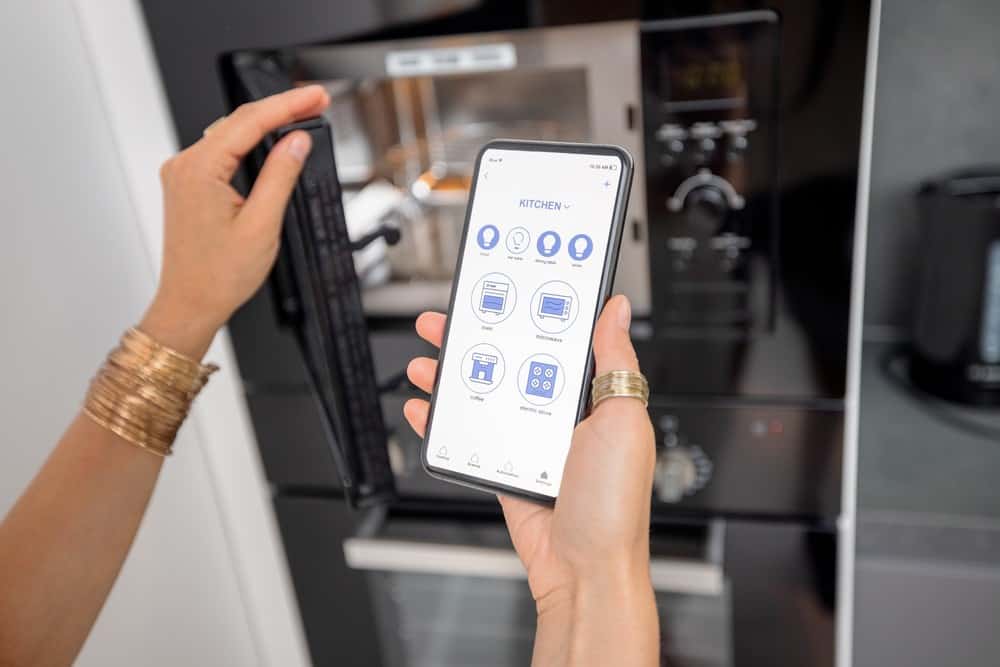
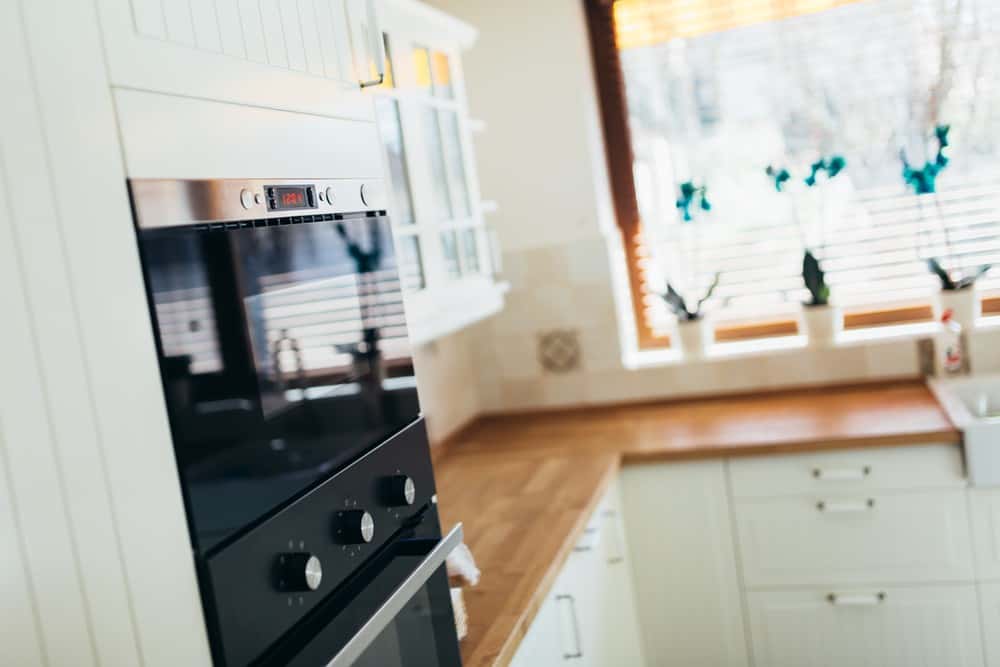
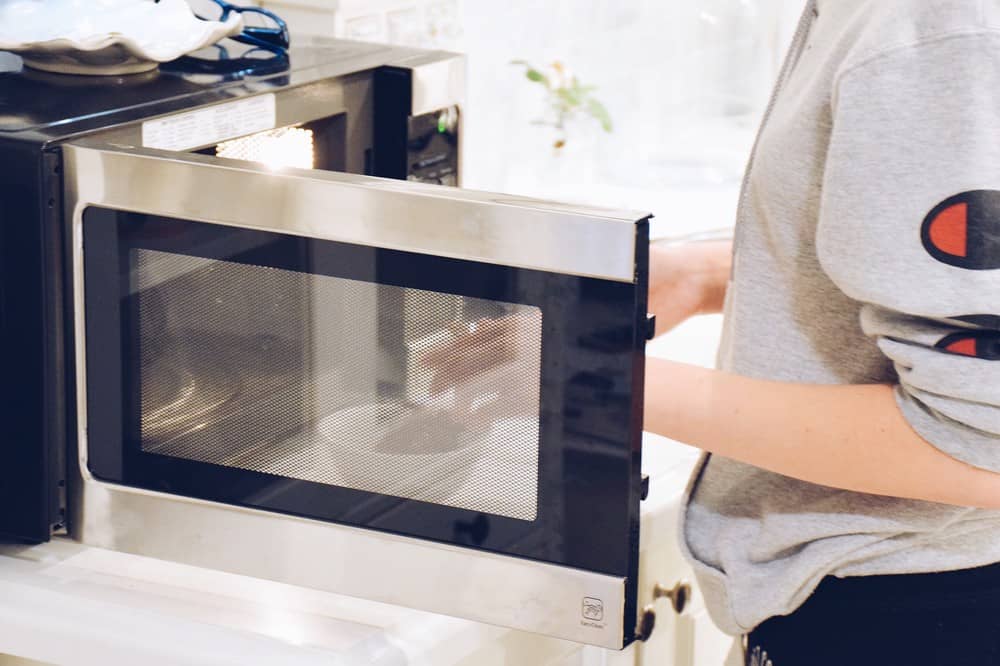
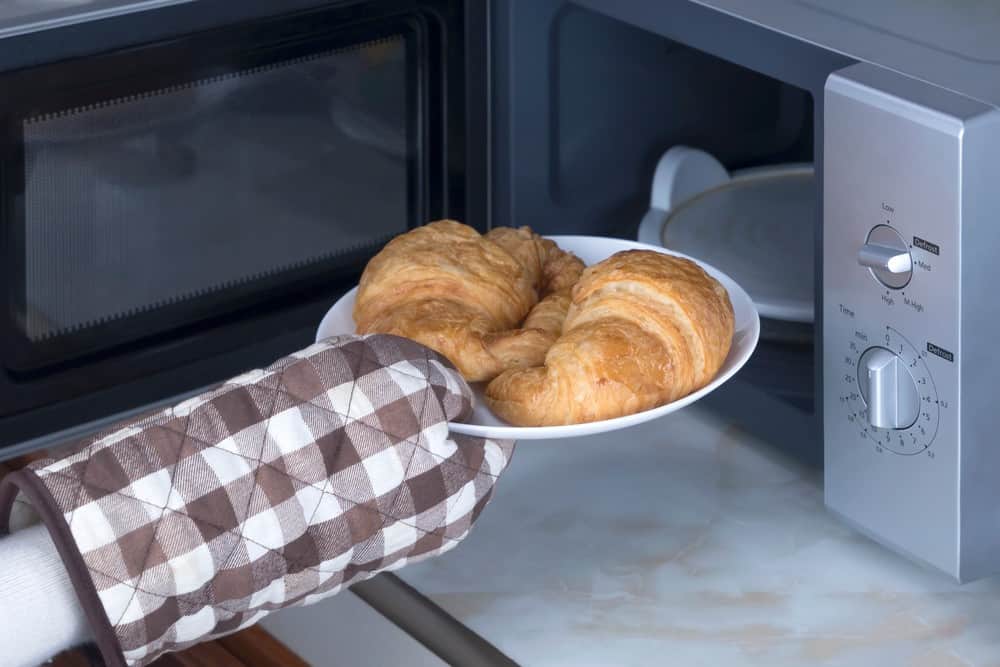
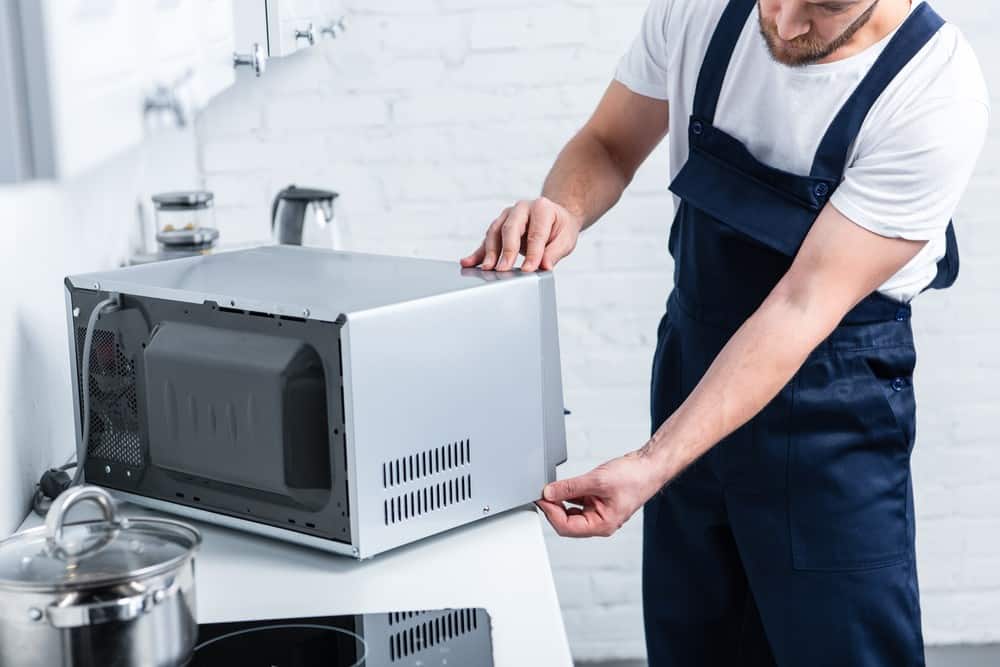
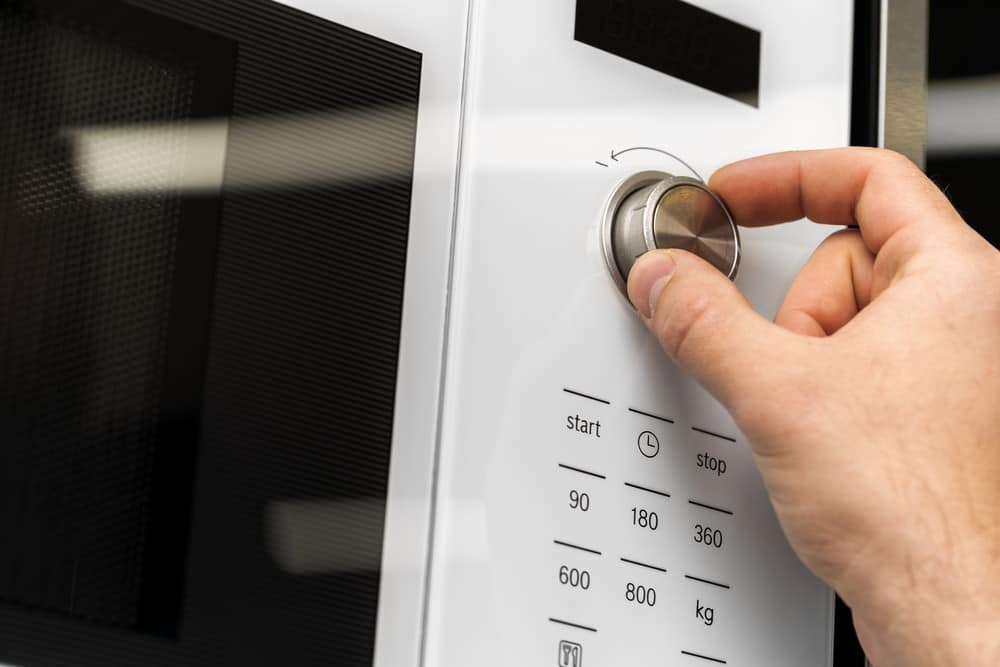
![Best Kitchen Appliances in [year] ([month] Reviews) 27 Best Kitchen Appliances in 2025 (December Reviews)](https://www.gadgetreview.dev/wp-content/uploads/best-kitchen-appliances.jpg)
![Best Whirlpool Microwaves in [year] 28 Best Whirlpool Microwaves in 2025](https://www.gadgetreview.dev/wp-content/uploads/best-whirlpool-microwaves-image.jpg)
![Best Microwave Drawers in [year] 29 Best Microwave Drawers in 2025](https://www.gadgetreview.dev/wp-content/uploads/best-microwave-drawer-image.jpg)
![Best Quiet Microwaves in [year] 30 Best Quiet Microwaves in 2025](https://www.gadgetreview.dev/wp-content/uploads/best-quiet-microwave-image.jpg)
![Best LG Microwaves in [year] 31 Best LG Microwaves in 2025](https://www.gadgetreview.dev/wp-content/uploads/best-lg-microwaves-image.jpg)
![Best Microwaves in [year] ([month] Reviews) 32 Best Microwaves in 2025 (December Reviews)](https://www.gadgetreview.dev/wp-content/uploads/best-microwaves-image.jpg)
![Best Over the Range Convection Microwaves in [year] 33 Best Over the Range Convection Microwaves in 2025](https://www.gadgetreview.dev/wp-content/uploads/best-over-the-range-convection-microwave-image.jpg)
![Best Retro Microwaves in [year] 34 Best Retro Microwaves in 2025](https://www.gadgetreview.dev/wp-content/uploads/best-retro-microwave-image.jpg)
![Best GE Microwaves in [year] 35 Best GE Microwaves in 2025](https://www.gadgetreview.dev/wp-content/uploads/best-ge-microwaves-image..jpg)
![10 Best Samsung Microwaves in [year] 36 10 Best Samsung Microwaves in 2025](https://www.gadgetreview.dev/wp-content/uploads/best-samsung-microwaves-image.jpg)
![10 Best Microwaves for Seniors in [year] 37 10 Best Microwaves for Seniors in 2025](https://www.gadgetreview.dev/wp-content/uploads/best-microwaves-seniors-image.jpg)
![10 Best Microwave Toaster Oven Combo in [year] 38 10 Best Microwave Toaster Oven Combo in 2025](https://www.gadgetreview.dev/wp-content/uploads/best-microwave-toaster-oven-combo-scaled-1.jpg)
![10 Best Panasonic Microwaves in [year] 39 10 Best Panasonic Microwaves in 2025](https://www.gadgetreview.dev/wp-content/uploads/best-panasonic-microwaves.jpg)
![10 Best Microwaves for College Dorms in [year] 40 10 Best Microwaves for College Dorms in 2025](https://www.gadgetreview.dev/wp-content/uploads/best-microwaves-for-college-dorms.jpg)
![10 Best Compact Microwaves in [year] 41 10 Best Compact Microwaves in 2025](https://www.gadgetreview.dev/wp-content/uploads/best-compact-microwave-image.jpg)
![10 Best Convection Microwave Ovens in [year] 42 10 Best Convection Microwave Ovens in 2025](https://www.gadgetreview.dev/wp-content/uploads/best-convection-microwave-oven-image.jpg)
![10 Best Built In Microwaves in [year] 43 10 Best Built In Microwaves in 2025](https://www.gadgetreview.dev/wp-content/uploads/best-built-in-microwave-image.jpg)
